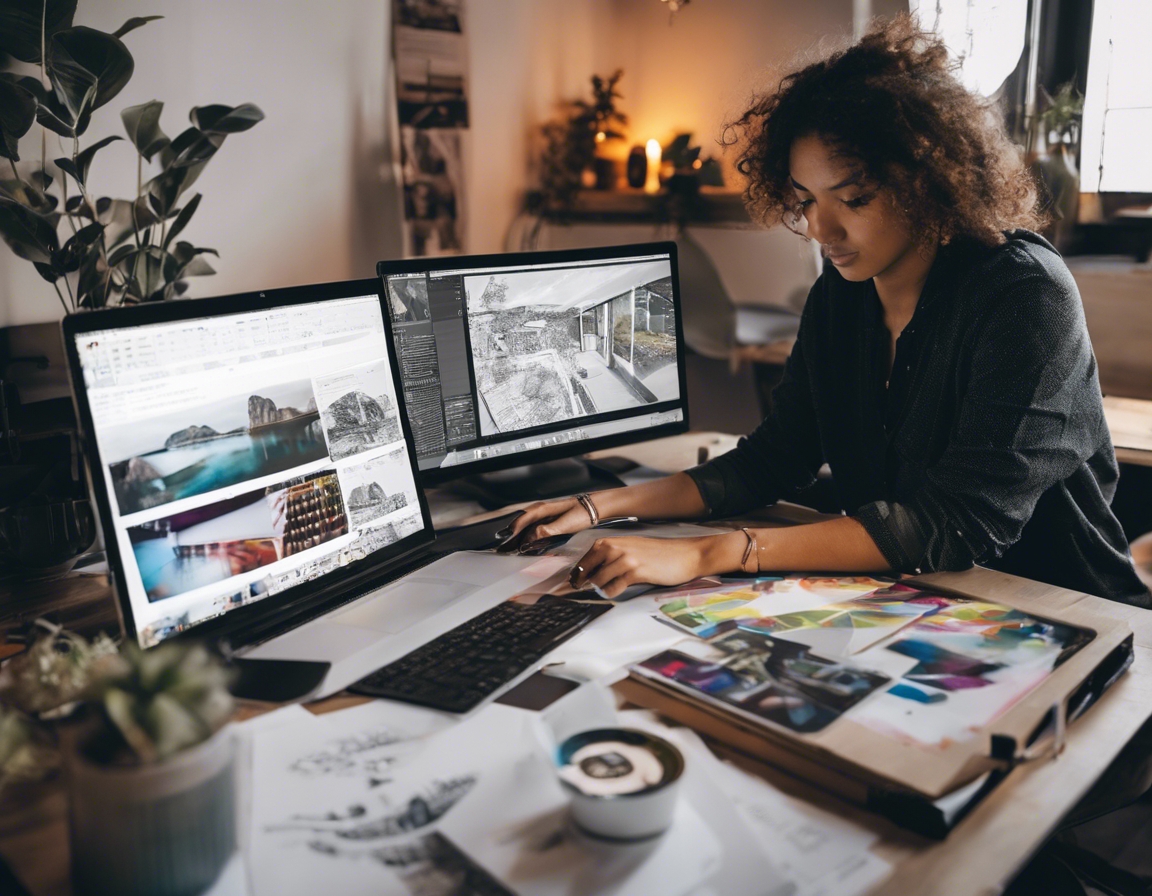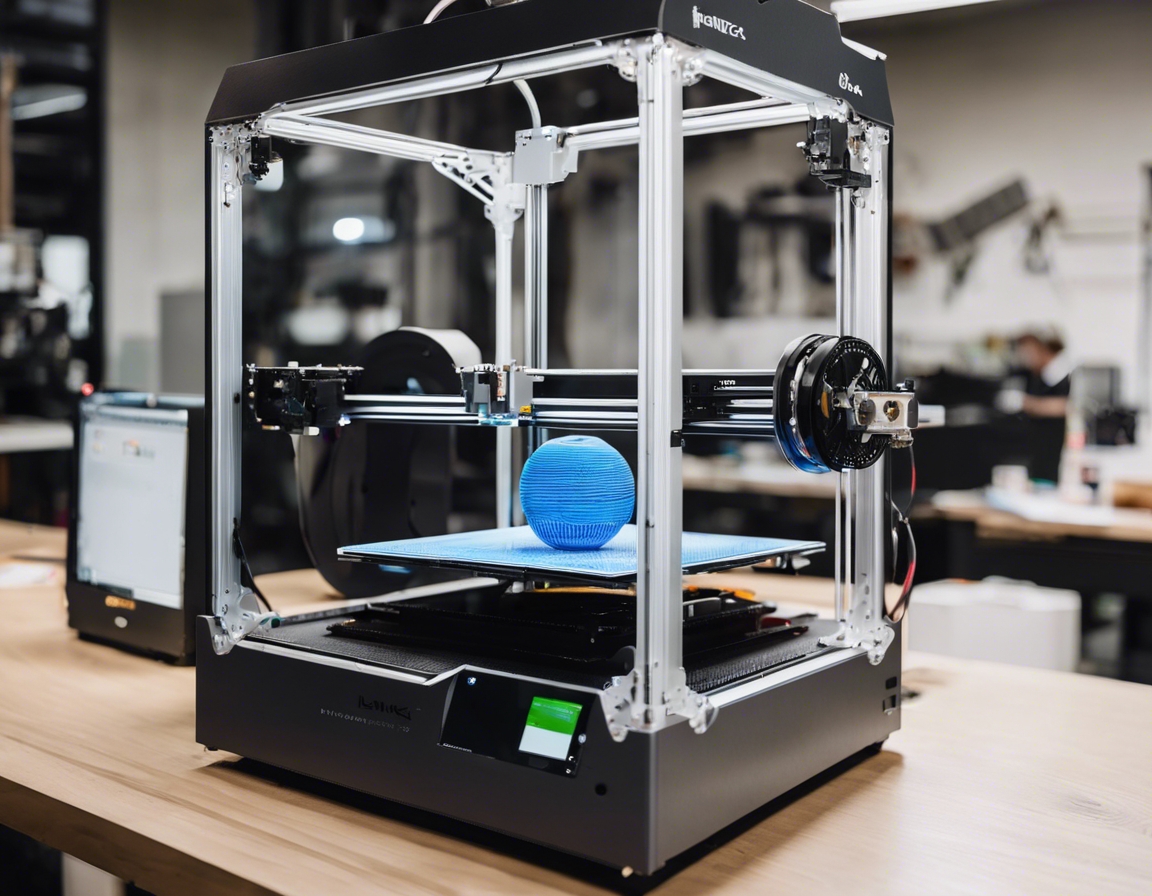The future of graphic design: trends to watch
Graphic design is an integral part of our visual world, shaping the way we perceive and interact with brands, products, and each other. It's a field that combines art, technology, and communication, playing a crucial role in marketing, entertainment, and education.
As with any creative field, graphic design is ever-changing. Trends come and go, influenced by cultural shifts, technological advancements, and the creative community's continuous push for innovation.
Emerging Trends in Graphic Design
Augmented Reality (AR) and Virtual Reality (VR) are transforming the graphic design landscape, offering new ways to create immersive and interactive experiences. Designers are now crafting visuals that extend beyond the screen, engaging users in multi-dimensional environments.
With a growing emphasis on sustainability, designers are adopting eco-friendly practices and materials, reflecting a global push towards environmental responsibility.
Design is becoming more inclusive, with a focus on representing diverse cultures and communities. This shift is about creating visuals that resonate with a broader audience and promote equality.
The contrast between minimalism and maximalism is striking a balance in modern design. While some brands opt for clean, simple aesthetics, others embrace bold, elaborate compositions.
Three-dimensional design is gaining traction, offering a sense of depth and realism to graphics. This trend is evident in everything from branding to user interface design.
Creative typography is on the rise, with designers experimenting with custom fonts, dynamic text layouts, and typographic animations to capture attention and convey messages effectively.
Color palettes are oscillating between the use of bold, vibrant colors and soft, soothing pastels. These choices can set the mood and tone of a design, influencing consumer perception.
Animation and motion graphics continue to be a powerful tool in storytelling and branding, adding a dynamic layer to the visual narrative.
Artificial Intelligence (AI) and machine learning are revolutionizing the design process, automating tasks, and providing new ways to analyze and predict design trends.
The rise of remote work has led to the development of collaborative tools that allow designers to work together from anywhere in the world, breaking down geographical barriers.
Skills and Tools for the Future Graphic Designer
Staying current with the latest software and technologies is essential for graphic designers looking to remain competitive in the field.
The fast-paced nature of graphic design requires a commitment to continuous learning and skill development to keep up with new trends and techniques.
While technical skills are vital, soft skills like communication, problem-solving, and adaptability are increasingly important in a collaborative and client-focused industry.
Preparing for the Future
Graphic designers must be proactive in researching and adopting new trends to stay ahead of the curve and meet the evolving demands of the market.
Engaging with the design community and building a strong professional network can open doors to new opportunities and collaborations.







Comments (0)